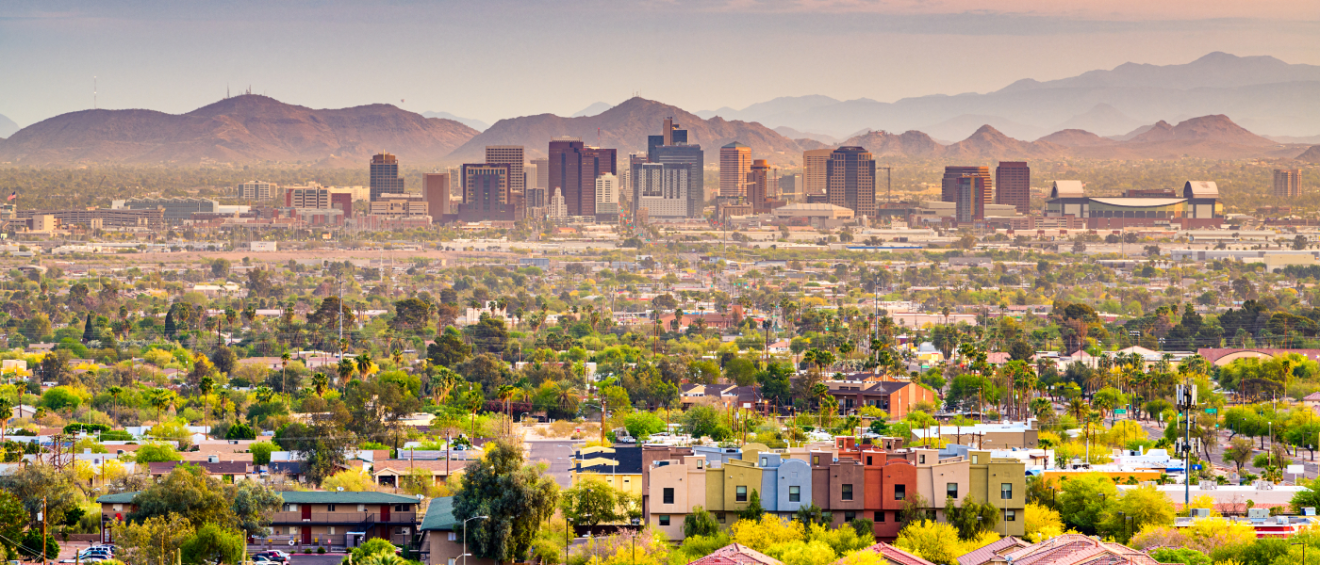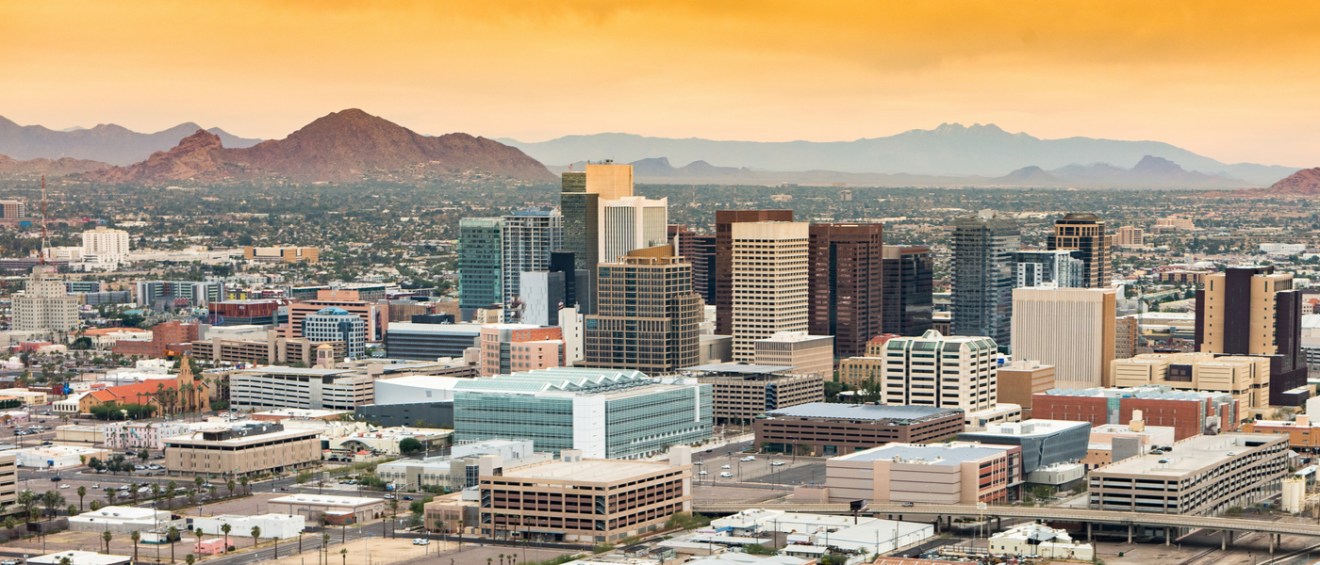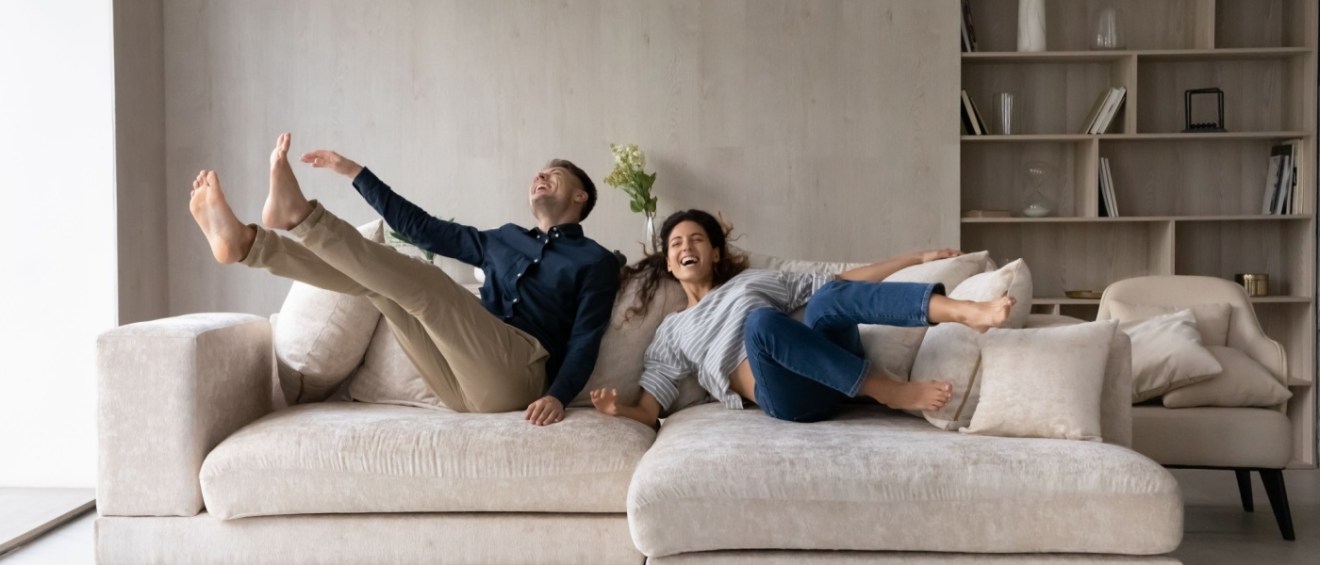5 essential questions to ask before renting an apartment in Phoenix, AZ
Share this article:
Phoenix, AZ — also known as the Valley of the Sun — is a growing city, drawing new residents with its sunshine and energy. Renting an apartment here means access to a strong job market and endless outdoor adventures — if you’re ready to handle the desert heat.
For renters trying to stick to a budget, the city is an appealing choice. While the cost of living in Phoenix is about 6% higher than the national average, it’s still around 10% lower than the Arizona average. This makes renting in Phoenix a solid option for anyone looking to save a little without giving up the perks of big-city life.
That affordability comes with a catch, though: the climate. Phoenix’s desert weather plays a huge role in what it actually costs to live here. For instance, cooling your apartment during a long, 100-degree summer can easily affect your budget just as much as the rent itself.
Finding the right apartment in Phoenix is fundamentally about balancing the city’s lifestyle perks while staying realistic about its environmental quirks. To help you navigate renting in Phoenix effectively, we’ve put together five essential questions every renter should ask before signing a lease in the desert. These questions cover:
- Shaded mailbox facilities
- Monsoon preparedness
- Swamp coolers
- Patio grilling restrictions
- Sun shades and energy-efficient windows
Now let’s dig into the everyday details that make renting in Phoenix unique — and make sure you’re ready to handle whatever the Valley of the Sun throws your way.
1. Is there a covered mailbox cluster in the building or within walking distance?
The answer you want: The community utilizes a covered, enclosed or secure indoor mailbox facility or cluster, ideally with shaded parking nearby.
Why it matters: Phoenix’s summer heat is intense enough to damage sensitive deliveries, including heat-sensitive medications, food kits, cosmetics and electronics. Mailboxes exposed directly to the afternoon sun can reach internal temperatures that render packages unusable or dangerous.
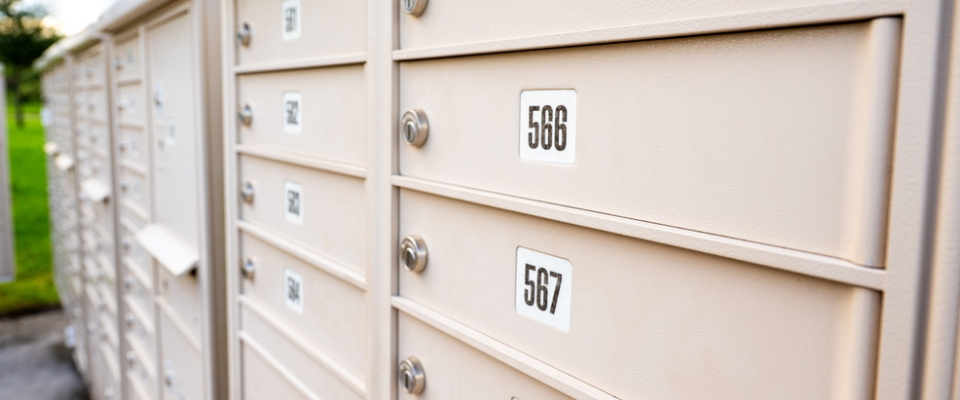
For your convenience and safety, an apartment community’s consideration of a shaded, secure mail facility is a significant indicator of a management team that understands and prepares for the realities of desert life.
2. What is the building’s monsoon preparedness plan?
The answer you want: The property has an active flood zone rating review, maintains clear drainage pathways, and has a protocol for distributing sandbags or deploying barriers to at-risk units before and during the summer monsoon season.
Why it matters: From June through September, Phoenix experiences heavy and sudden monsoon rains that sometimes leads to flash flooding. Even properties not officially in a designated flood plain can be affected if the complex’s internal drainage system is poorly maintained or overwhelmed.
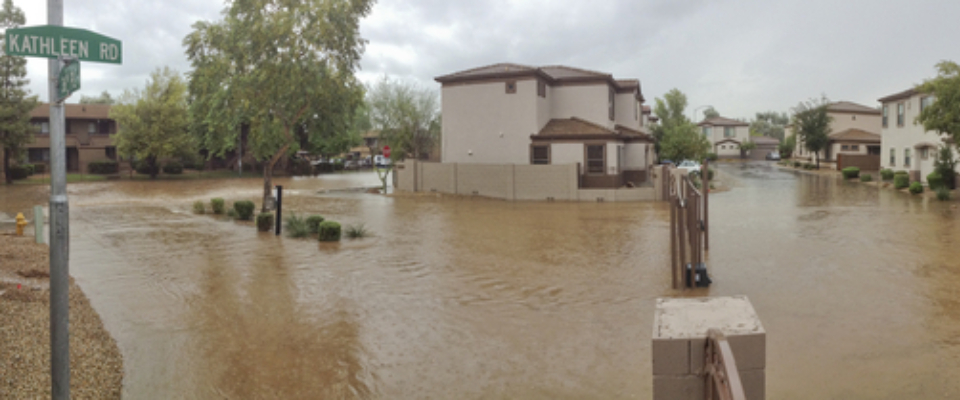
Ground-floor apartments in Phoenix are particularly vulnerable. A detailed plan shows the complex takes this very real, annual risk seriously, protecting your possessions and the structural integrity of your unit.
3. Are swamp coolers used anywhere on the property?
The answer you want: The unit uses modern, conventional refrigerated air conditioning (AC) only. Or, if swamp coolers (also known as evaporative coolers) are used, management confirms they handle all required seasonal upkeep, pad replacement and water line maintenance.
Why it matters: Some older or mixed-system apartments in Phoenix use swamp coolers, which cool the air by evaporating water. While effective for lowering costs in the very driest heat, they add humidity to the air.
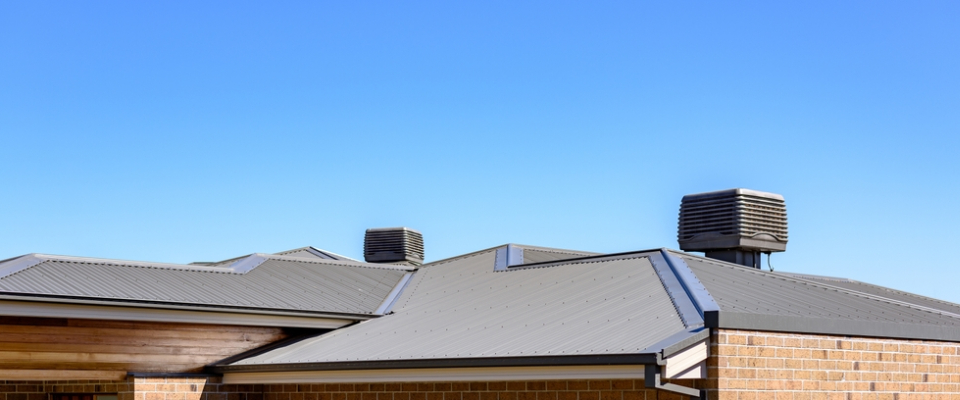
During the sticky monsoon months, this extra humidity can make your unit feel hotter and less comfortable. If the apartment has one, ensure you are not responsible for the complex, water-intensive maintenance, which is specialized and critical for its function.
4. Does the lease include restrictions or extra costs for grilling on patios or balconies?
The answer you want: The complex provides a dedicated, communal grilling area at a safe distance from buildings. The lease explicitly states the rules regarding the use of charcoal and propane on individual patios or balconies.
Why it matters: Due to the dry, hot desert climate, Phoenix is at a high risk of experiencing wildfires. Many apartment buildings and Homeowner Associations (HOAs) enforce strict fire codes that prohibit or restrict grilling on apartment patios and balconies, especially for units above the ground floor.
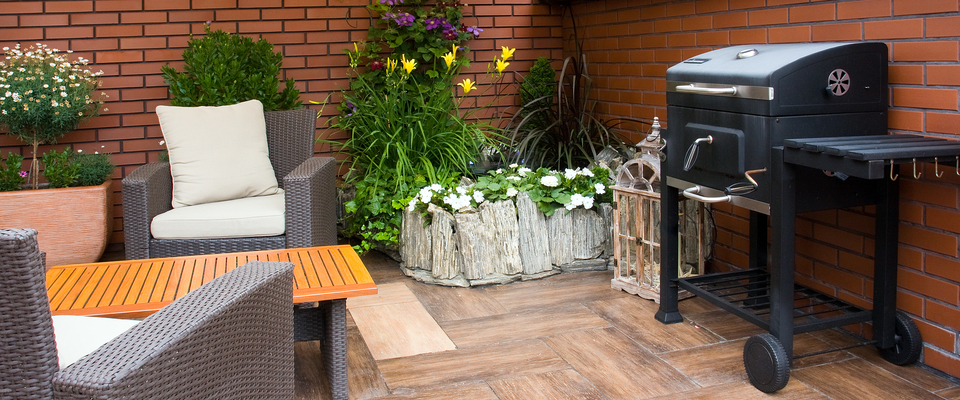
So, before renting in Phoenix, ask the landlord if your lease allows for your grilling habits, or if you will be required to use a specific, designated area.
5. Which direction does the apartment face, and are there sun shades or energy-efficient windows to reduce afternoon heat gain?
The answer you want: The apartment is north- or south-facing. If it is west-facing, it includes dedicated external sun shades, awnings or high-efficiency/Low-E windows to block the afternoon sun.
Why it matters: In Phoenix, the sun hitting a west-facing wall or window in the late afternoon can dramatically raise the internal temperature of a unit, forcing your AC to run constantly. This results in the highest utility bills and makes the unit harder to cool.
As you search for apartments in Phoenix, choose a unit that avoids direct western exposure or has strong heat-mitigation features. This is one of the most effective ways for a budget-conscious renter to keep their summer cooling costs manageable.

Renting an apartment in Phoenix is an exciting step toward enjoying everything the Valley of the Sun has to offer. By asking these targeted questions, you’ll move beyond the typical rental amenities and address the practical realities of desert living, ensuring your new home is both comfortable and affordable year-round.
Share this article:
Veronica Grecu is a senior creative writer and research analyst for RentCafe. With more than 14 years of experience in the real estate industry, she covers a variety of topics in the apartment market, including rental competitiveness, new construction and other industry trends. Her work has been featured in top publications like The New York Times, The Washington Post, The Wall Street Journal, The Philadelphia Inquirer, The Miami Herald, CNN, CNBC, and more. Prior to RentCafe, Veronica was involved in producing real estate content for Multi-Housing News, Commercial Property Executive and Yardi Matrix. She holds a B.A. in Applied Modern Languages and an M.A. in Advertising and PR.
The Ready Renter has your back
Tips, news, and research curated for renters, straight to your inbox.




Related posts
Subscribe to
The Ready Renter newsletter


